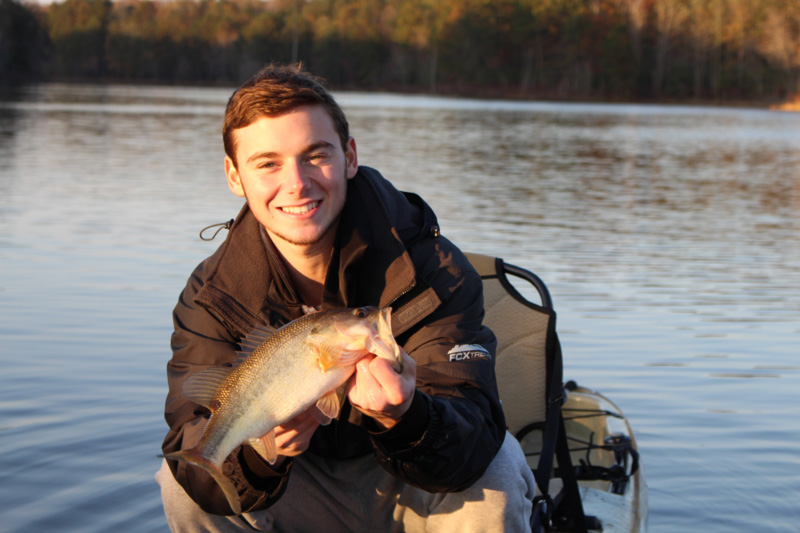As water temps creep up, we’re hitting that time of spring when largemouth bass anglers often get frustrated — very frustrated. With the pre-spawn phase coming to an end and the bass bedding down, they can get lockjaw as spawning becomes more important than feeding. So, what’s a bass aficionado with a yearning for bent rods supposed to do? Bust those beds, to aggravate the fish into attacking.

- Rig up a large lizard, tube, worm, or other soft plastic. As a general rule of thumb whites and bright colors are a good pick in clear waters, and pumpkinseed, root-beer, and other dark colors are often the best choice in dark or tannic waters.
- Creep along the shorelines of shallow coves, staying far enough off the shoreline that you won’t spook fish but close enough that you can spot the circular nests they’ve cleared out on the bottom. When you find a nest, you’ll usually be able to spot the fish as well.
- Toss your offering just past the nest, and hop it into the nest itself. Let it sit there for several seconds, give it a twitch of two, and another short hop inside the nest.
- If the fish ignores your offering, try re-casting the lure and repeating the process across a slightly different portion of the nest.
- If the fish doesn’t spook off its nest, keep working your lure into and across it. Often, bedded bass will ignore a lure a dozen or more times until they decide enough is enough, and attack. If the fish shoves the lure out of its bed with its nose or tail, reload and try again because it’s likely getting close to that point.
Note: While studies show that largemouth bass cleanly caught and released will spawn without a problem, deep-hooking is obviously an issue. Avoiding the use of live bait and treble hooks at this time of year is a good move.